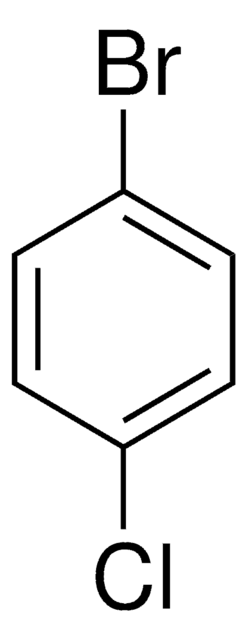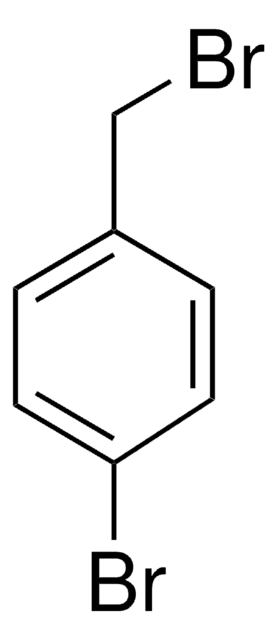B82200
4-ブロモトルエン
98%
別名:
1-Methyl-4-bromobenzene, 4-Bromo-1-methylbenzene, 4-Methyl-1-bromobenzene, 4-Methylbromobenzene, 4-Tolyl bromide, p-Bromo(methyl)benzene, p-Methylbromobenzene, p-Tolyl bromide
About This Item
おすすめの製品
品質水準
アッセイ
98%
フォーム
solid
bp
184 °C (lit.)
mp
26-29 °C (lit.)
密度
1.39 g/mL at 25 °C (lit.)
SMILES記法
Cc1ccc(Br)cc1
InChI
1S/C7H7Br/c1-6-2-4-7(8)5-3-6/h2-5H,1H3
InChI Key
ZBTMRBYMKUEVEU-UHFFFAOYSA-N
類似した製品をお探しですか? 訪問 製品比較ガイド
関連するカテゴリー
詳細
アプリケーション
シグナルワード
Warning
危険有害性情報
危険有害性の分類
Acute Tox. 4 Inhalation - Aquatic Chronic 2
保管分類コード
11 - Combustible Solids
WGK
WGK 3
引火点(°F)
Not applicable
引火点(℃)
Not applicable
個人用保護具 (PPE)
dust mask type N95 (US), Eyeshields, Gloves
適用法令
試験研究用途を考慮した関連法令を主に挙げております。化学物質以外については、一部の情報のみ提供しています。 製品を安全かつ合法的に使用することは、使用者の義務です。最新情報により修正される場合があります。WEBの反映には時間を要することがあるため、適宜SDSをご参照ください。
Jan Code
B82200-5KG:
B82200-500G:
B82200-BULK:
B82200-5G:
B82200-100G:
B82200-VAR:
この製品を見ている人はこちらもチェック
資料
The Heck reaction is the palladium catalyzed cross-coupling reaction between alkenes and aryl or vinyl halides (or triflates) to afford substituted alkenes.
ライフサイエンス、有機合成、材料科学、クロマトグラフィー、分析など、あらゆる分野の研究に経験のあるメンバーがおります。.
製品に関するお問い合わせはこちら(テクニカルサービス)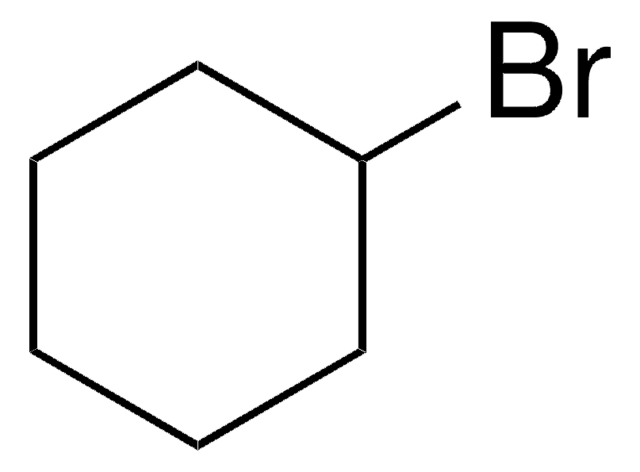
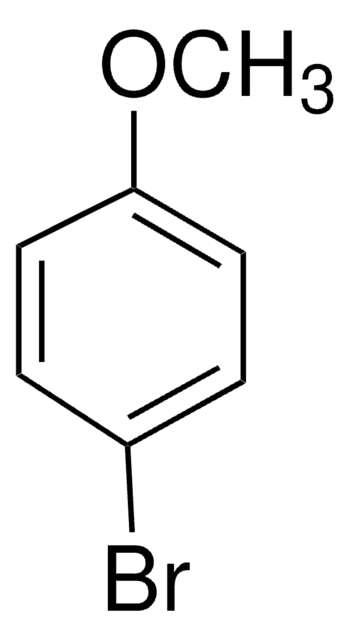
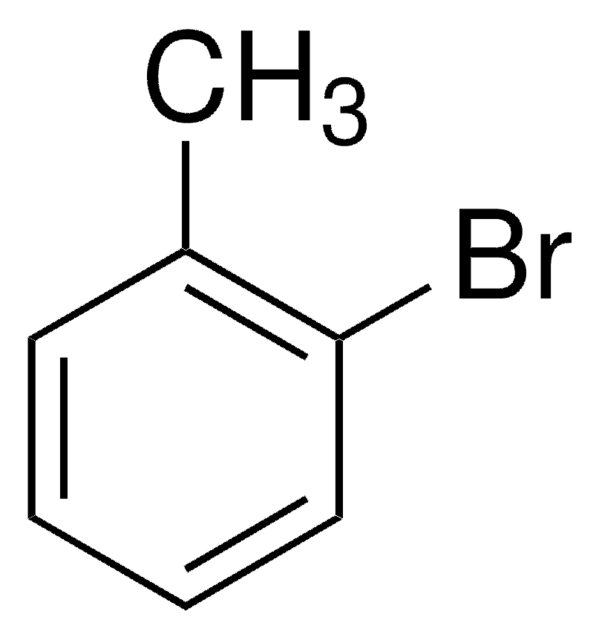
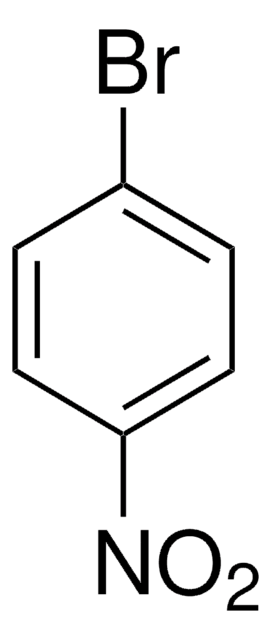

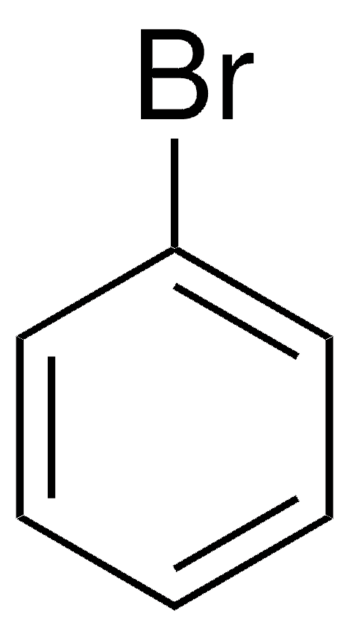
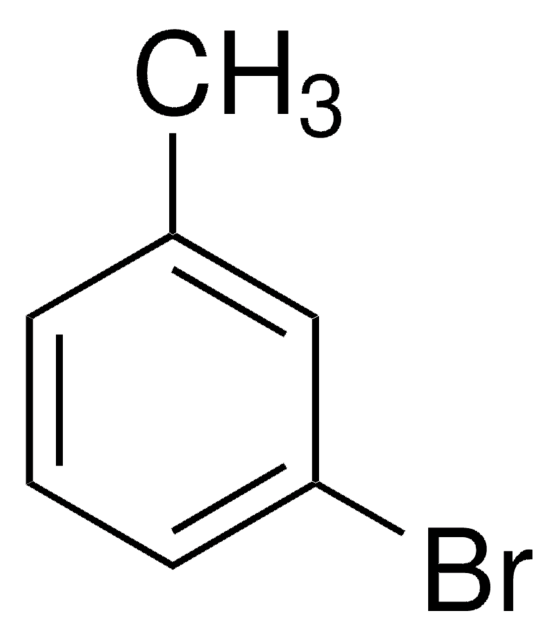
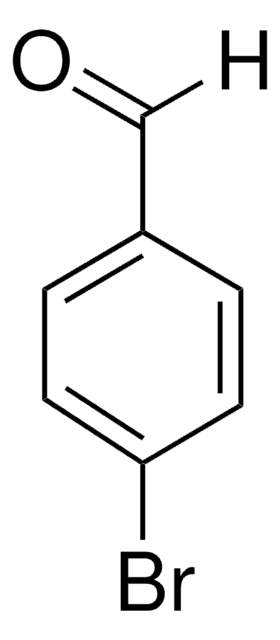
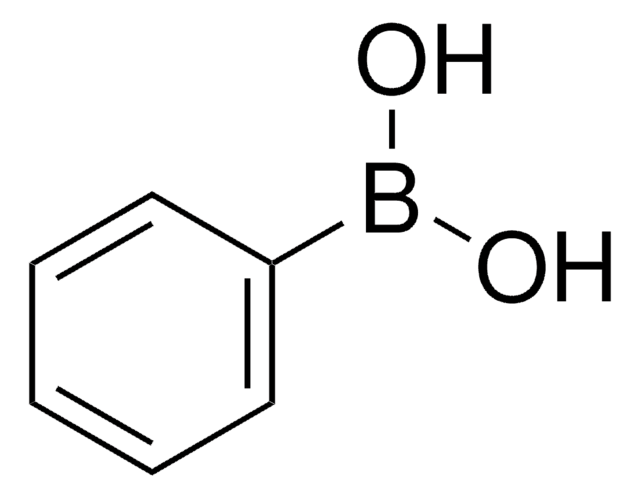


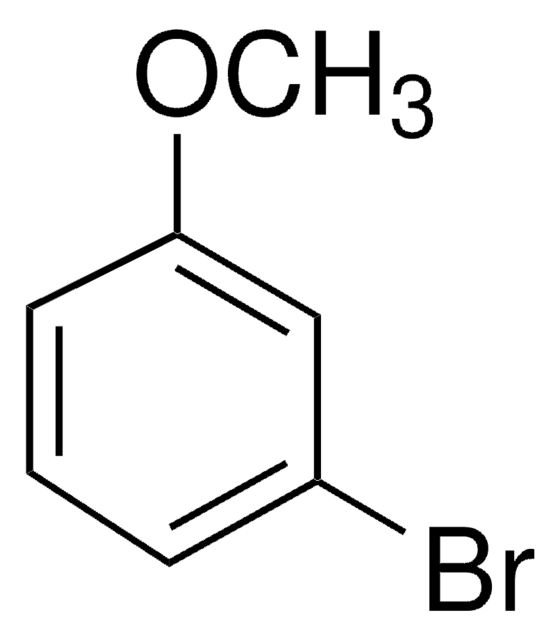
![3-Bromo[1,1′-biphenyl]-4-ol AldrichCPR](/deepweb/assets/sigmaaldrich/product/structures/389/587/295f976f-c08c-41b9-94c0-64bfbe2cb6c1/640/295f976f-c08c-41b9-94c0-64bfbe2cb6c1.png)
